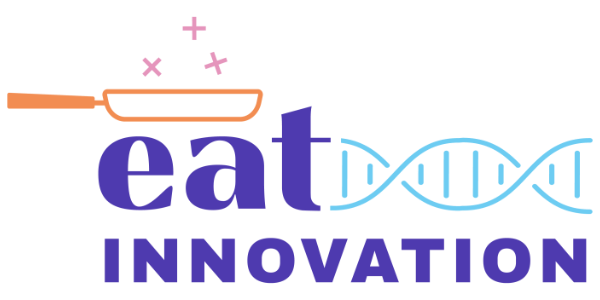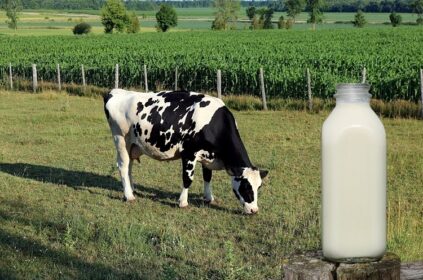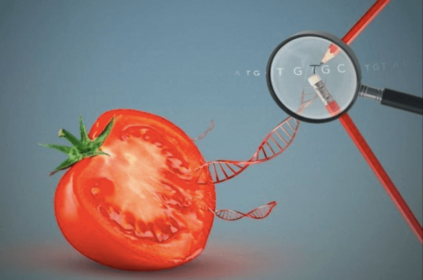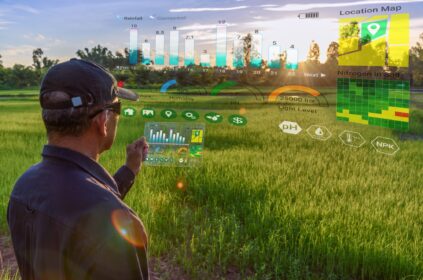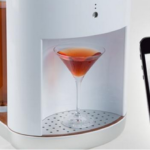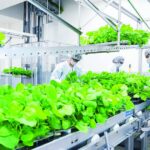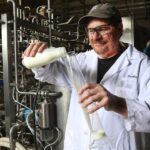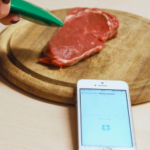The path of food from its origin to the table is increasingly long and complex. This makes it very difficult to track it. There is a new weapon to trace the food source: blockchain. Yeah, they got out of the bitcoins straight onto your plate.
The world has already witnessed scandals due to the lack of transparency in supply chain. One of the most wel known cases is the the horse meat sold as being cow in Europe. But there are countless other cases of fraud, use of slave labor, forgeries, labels with lying words. Current control methods are no longer sufficient for this growing problem. Who can we trust?
Blockchain technology show up in this context. Implemented for the first time in 2009, it is the main technical innovation that enabled the emergence of bitcoin, most famous virtual currency today.
Forget the speculation and a lot of problems with bitcoin, what interests us here is just the technology behind it.
Blockchain consists on a structure made of data blocks containing information.

© Provenance
In the case of bitcoins this works as a shared public ledger, containing a record of each transaction made. In the supply chain the principle is the same, there is a record of all the links involved in the creation and distribution from the raw material to the finished product to the consumer. It is not an alternative to existing logistics mechanisms, but rather its complement.
The products are labeled with RFID sensors containing QR Codes. At each step information like location, date, quality or any other sensitive data is added.
Because there is no data storare on a central server, it is spread on the computers connected to the network, there are no intermediaries to process transactions. And even better: you can add logs, but never remove or change them, what makes the network even safer.

© Provenance
There are many possibilities such as use of blockchain to ensure the authenticity of medicines, monitoring the distribution of agricultural products, preventing wrong labeling of organic foods, facilitating audit processes, providing reliable statistics, identifying points of failure, delays and losses of products, find the source of outbreaks and routes of certain pests and much more.
In the supply chain it ensures transparency and efficiency for the industries. There are already some startups exploring technology. The British Provenance acts tracing foods while Filament is creating intelligent farms with the blockchain allied to the IoT (internet of things). Even big companies already bet on it, Walmart is using the technology to ensure the provenance of pork meat marketed in its stores in China.
What about the consumer? Consumers now have the power in their hands, to consult information whenever they want and decide what to buy based on product real value. The hard question is: will you use this knowledge to make more conscious choices even if they are not the cheapest ones or will you look the other way and pretend it’s nothing with you?
Originally published in my i9 magazine column on 06/02/2017 and updated on 13/01/2018.
